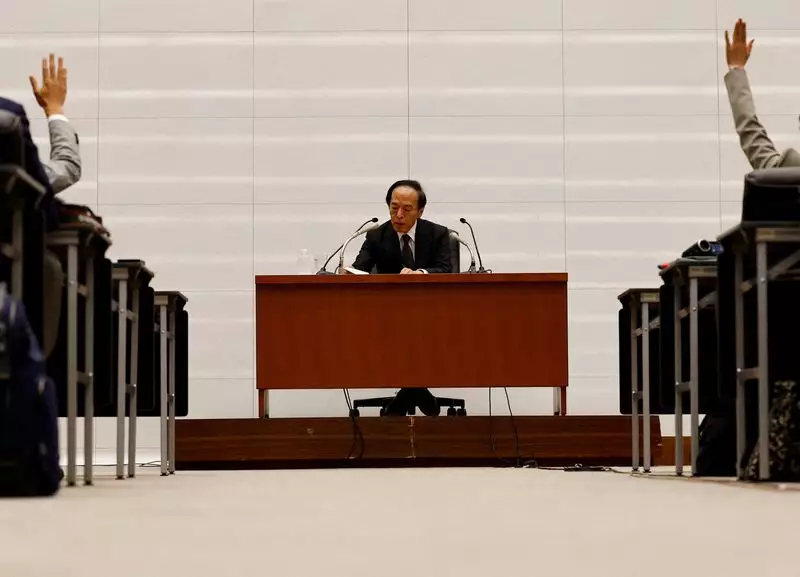Recent hints from the Bank of Japan (BOJ) suggest that a change in its monetary policy approach may be on the horizon. The central bank is considering the possibility of increasing its quantitative tightening (QT) plan, which could be accompanied by an interest rate hike. This potential shift comes as the BOJ aims to gradually phase out its extensive monetary stimulus.
The BOJ is facing mounting pressure due to fluctuations in the value of the yen. The recent depreciation of the yen could lead to a surge in inflation by driving up import costs, potentially pushing consumer prices higher than the central bank’s 2% target. In response to these developments, the BOJ is contemplating the prospect of implementing a rate hike at its upcoming policy meetings, including the one scheduled for July.
Three sources familiar with the BOJ’s deliberations have indicated that an interest rate hike is being seriously considered. Given the current inflationary pressures, there is a growing acknowledgment within the central bank that interest rates are currently set too low. While interest rates were kept unchanged at the most recent meeting, there is a possibility of a rate hike as early as July.
Should the BOJ decide to raise interest rates during the July 30-31 meeting, the move is expected to have a significant impact on financial markets. In addition to a potential rate hike, the central bank is planning to unveil a detailed strategy for reducing its massive bond purchases and scaling back its $5 trillion balance sheet. Governor Kazuo Ueda has hinted at the possibility of a substantial reduction in bond purchases, signaling a departure from the previous policy of yield curve control.
As part of its shift in monetary policy, the BOJ is looking to implement a gradual reduction in its bond buying activities. The central bank aims to avoid causing abrupt spikes in bond yields while also preventing excessive declines in the value of the yen. By announcing a plan to gradually trim its monthly bond purchases, the BOJ hopes to strike a balance between market expectations and economic stability.
While the specifics of the QT plan are still being debated within the central bank, one proposal being considered is to adopt a similar approach to the U.S. Federal Reserve. This would involve setting a range for bond purchases rather than a fixed amount, along with introducing measures to mitigate market volatility. Bond market participants will have the opportunity to provide input on the proposed plan during a meeting scheduled for July 9-10.
Chief economist Izuru Kato emphasizes the importance of achieving stability in both the exchange rate and the bond market. To address these concerns, the BOJ may opt to intensify its bond purchase reductions on a quarterly basis. This dual approach could involve a combination of tapering bond purchases and implementing a rate hike to address the challenges posed by currency fluctuations.
The Bank of Japan’s potential shift in monetary policy reflects the evolving economic landscape and the need to strike a delicate balance between inflationary pressures and currency stability. As the central bank prepares to announce its updated policy framework, market participants will be closely monitoring the impact of these changes on Japan’s financial markets and the broader economy.


Leave a Reply